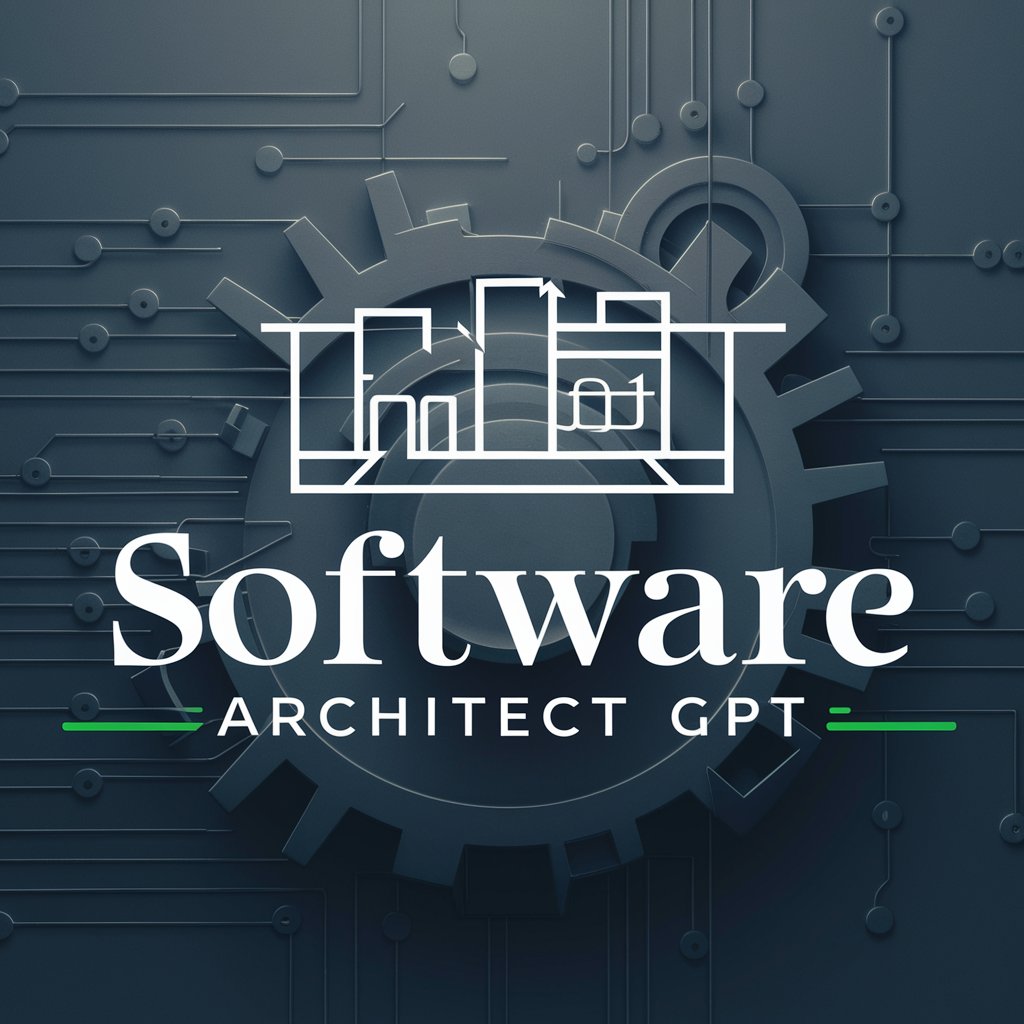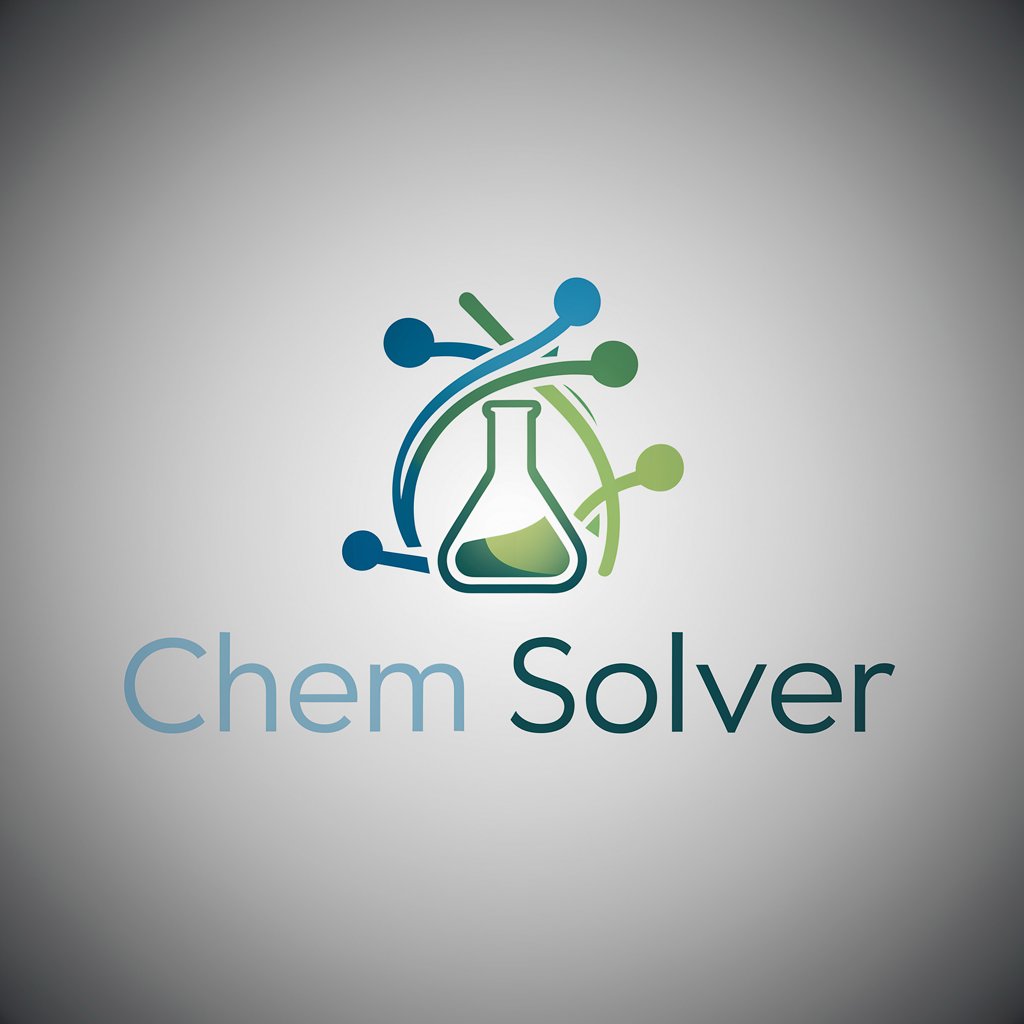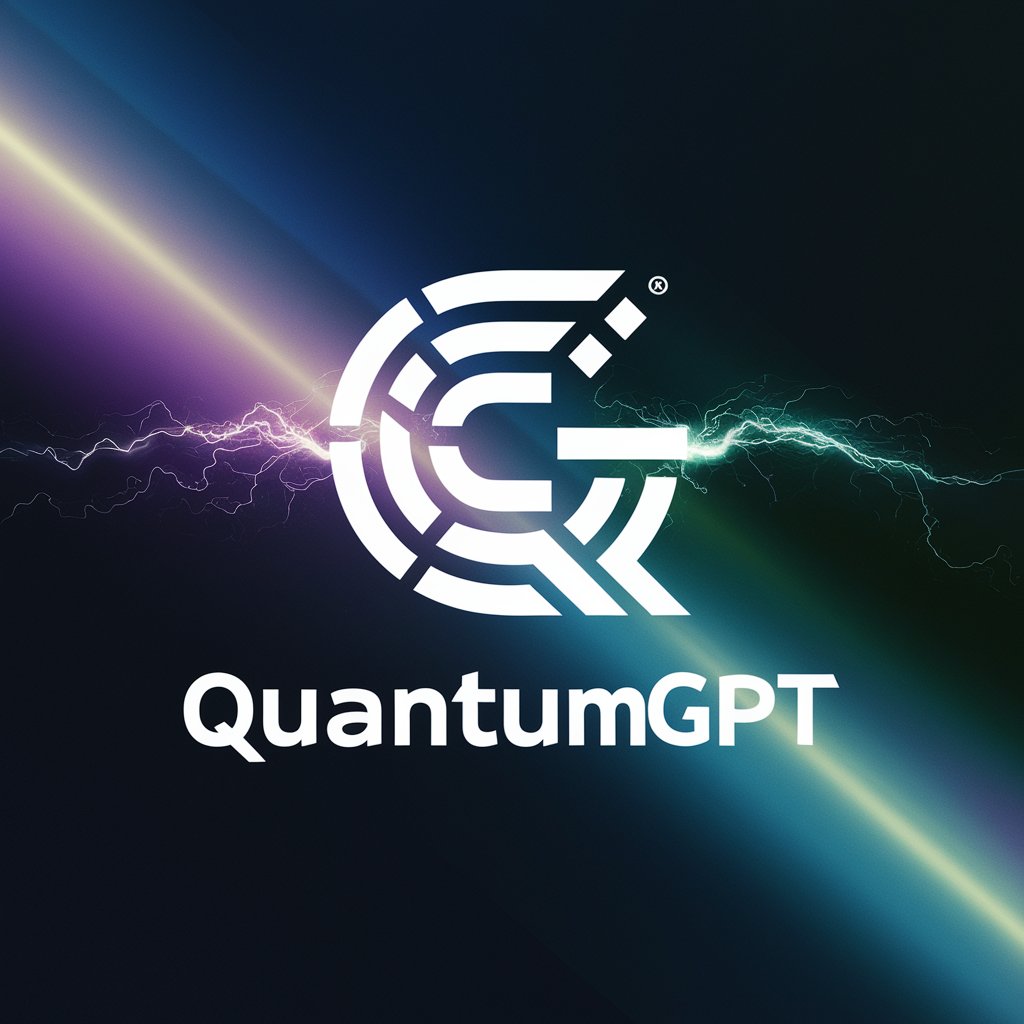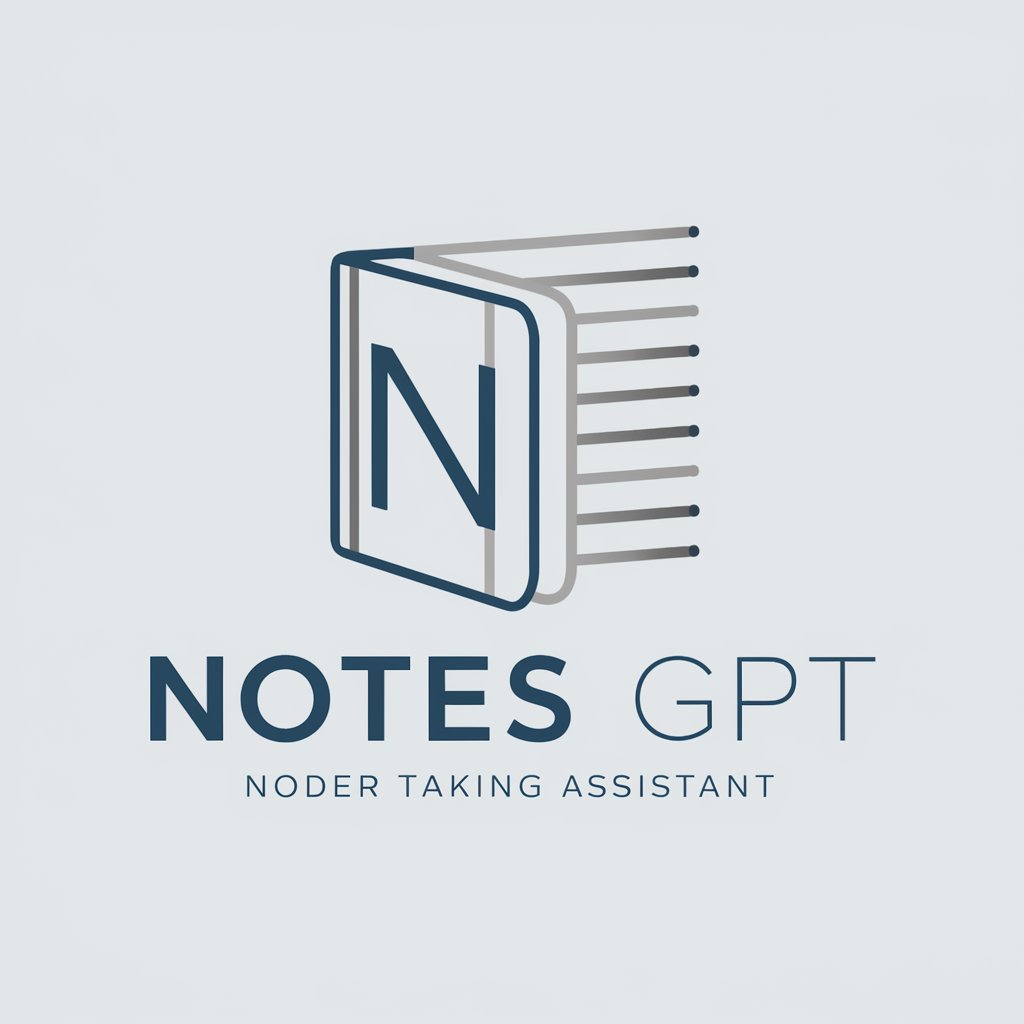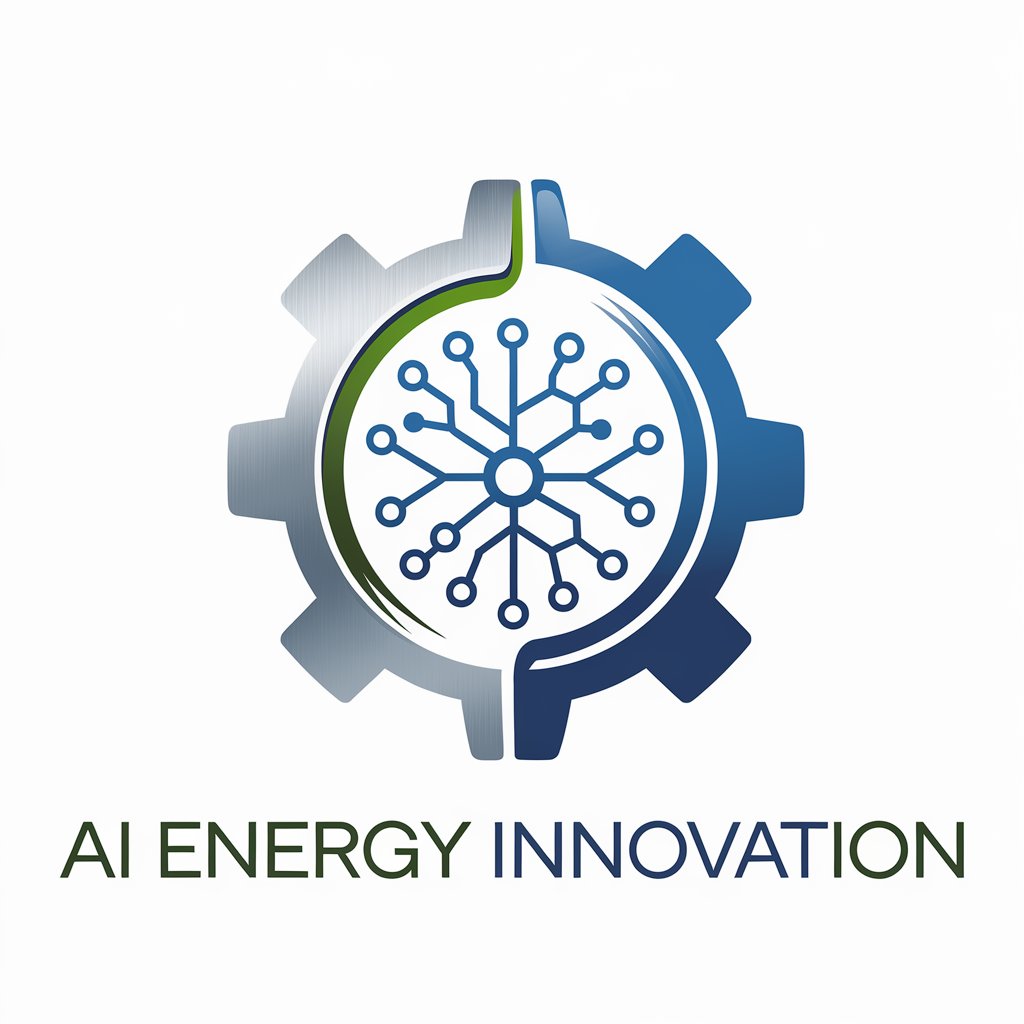
Chemical Engineering GPT-AI tool for chemical engineering insights
AI-powered analysis for chemical engineering design and cost efficiency
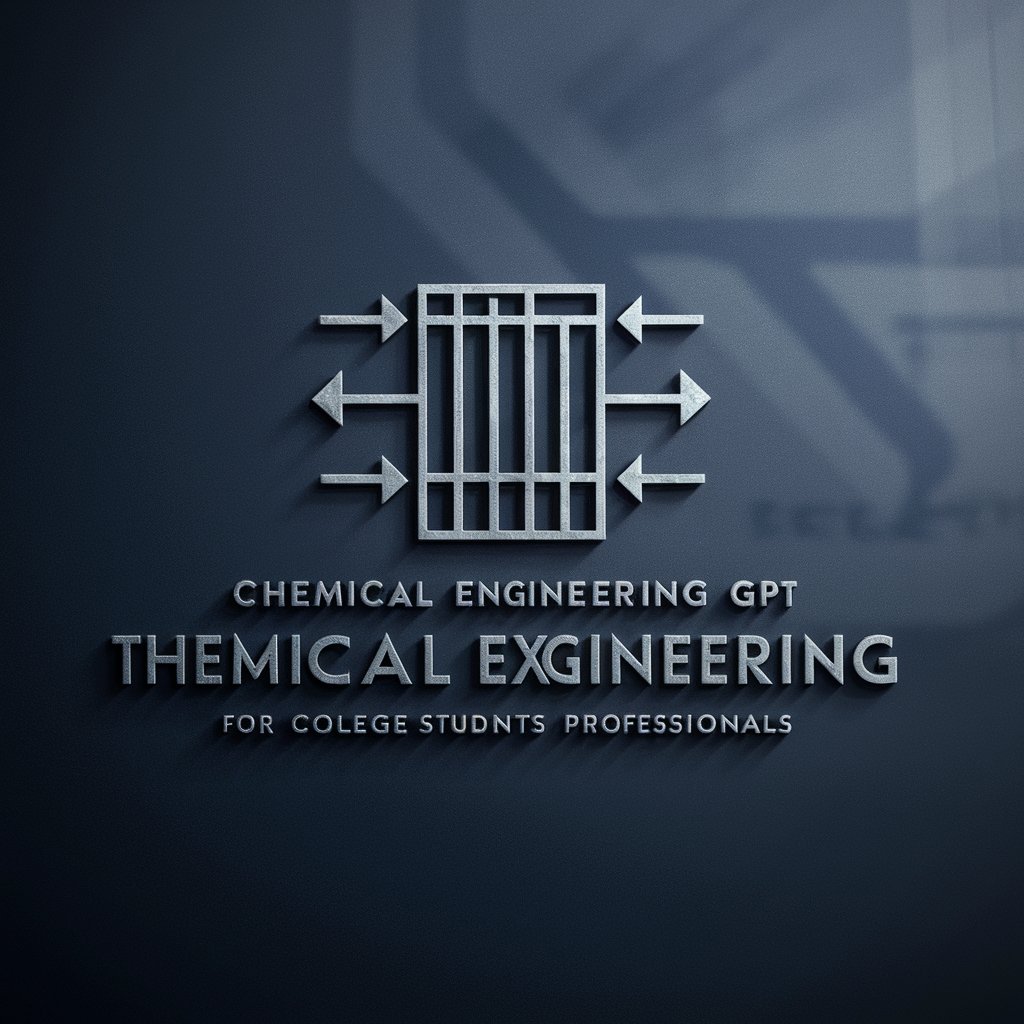
Assists with chemical engineering topics, from basics to advanced.
Explain the distillation process.
How do I calculate reactor size?
Difference between batch and continuous processes?
Provide an overview of thermodynamics in chemical engineering.
Get Embed Code
Introduction to Chemical Engineering GPT
Chemical Engineering GPT is a specialized AI assistant designed to provide high-level technical support and educational guidance to students, professionals, and researchers within the field of chemical engineering. Its core function is to enhance productivity and decision-making by offering detailed explanations, data analysis, and engineering insight drawn from authoritative texts and applied process design methodology. Built on a foundation of chemical engineering principles, it integrates knowledge from seminal sources such as 'Chemical Process Design and Integration', economic evaluation guides, cost estimation manuals, and operational rules of thumb (ROT). For example, a graduate student working on a heat exchanger network problem can use Chemical Engineering GPT to generate composite curves, analyze pinch points, and apply the tick-off heuristic to minimize utility usage. Alternatively, a process engineer in industry can leverage it to estimate capital costs using ISBL/OSBL breakdowns or assess economic viability using NPV and IRR frameworks based on live input data.
Core FunctionsChemical Engineering GPT Overview and Applications
Heat Exchanger Network Design and Optimization
Example
Using Chapters 17 to 19 of 'Chemical Process Design and Integration', the GPT can derive energy targets, construct composite curves, apply the pinch design method, and suggest stream modifications to improve heat recovery.
Scenario
A chemical engineer is designing a new distillation unit and needs to minimize utility costs. Chemical Engineering GPT helps by generating hot and cold composite curves, identifying the pinch point, and proposing stream rearrangements based on ΔTmin trade-offs.
Capital and Operating Cost Estimation
Example
Drawing from capital-cost-estimating-unlocked.pdf, the GPT provides step-by-step ISBL and OSBL breakdowns, contingency calculations, and working capital forecasting.
Scenario
An EPC contractor is preparing a feasibility study for a specialty chemical plant. Chemical Engineering GPT assists in producing a Class 4 cost estimate including equipment costs, site infrastructure additions, and contingency buffers.
Economic Evaluation of Projects
Example
Leveraging knowledge from economic-evaluation-projects-unlocked.pdf, the GPT evaluates profitability using cash flow diagrams, payback time, IRR, and sensitivity analysis.
Scenario
A project manager must decide between two process technologies. GPT simulates 10-year cash flows for each alternative, calculates net present values, and compares capital recovery timelines under varying market conditions.
Target User Groups
Undergraduate and Graduate Chemical Engineering Students
Students benefit by accessing clear and rigorous explanations of complex subjects such as heat integration, energy targeting, cost estimation, and design optimization. The GPT serves as a supplemental tutor, especially useful for design courses, capstone projects, and research-based learning.
Process Engineers, Project Managers, and EPC Professionals
These professionals use the GPT for practical problem-solving, rapid cost analysis, and optimization of plant design and operation. Whether preparing feasibility studies or evaluating retrofit options, the GPT offers technical clarity and analytical depth to support high-stakes decision-making.
How to Use Chemical Engineering GPT
1. Access the Tool
Visit aichatonline.org for a free trial without login. ChatGPT Plus is not required.
2. Identify Your Objective
Determine whether you need help with heat exchanger network design, capital cost estimation, utility targeting, economic evaluation, or technical documentation review.
3. Prepare Technical Details
Have specific data ready (e.g., stream tables, ΔTmin, project scope, cost breakdowns). Upload PDFs or describe scenarios clearly for deeper analysis.
4. Use Structured Queries
Ask detailed, focused questions such as 'Estimate utility savings from a 5°C change in ΔTmin' or 'Evaluate fixed vs variable costs in a distillation retrofit.' Avoid overly general or vague queries for optimal results.
5. Apply Recommendations Practically
Implement AI-generated guidance into academic reports, design calculations, feasibility studies, or project evaluations. You may also cross-reference suggestions with ROT guidelines or process designHow to use Chemical Engineering GPT literature for validation.
Try other advanced and practical GPTs
特許検索式作成GPT
AI-powered patent search query generator

Healthcare Marketing Assistant
AI-powered content for healthcare marketing.

2D Game Assets Generator AI
AI-powered design for 2D game assets

Voice Engine for Vocals
AI-powered vocal creation and customization.
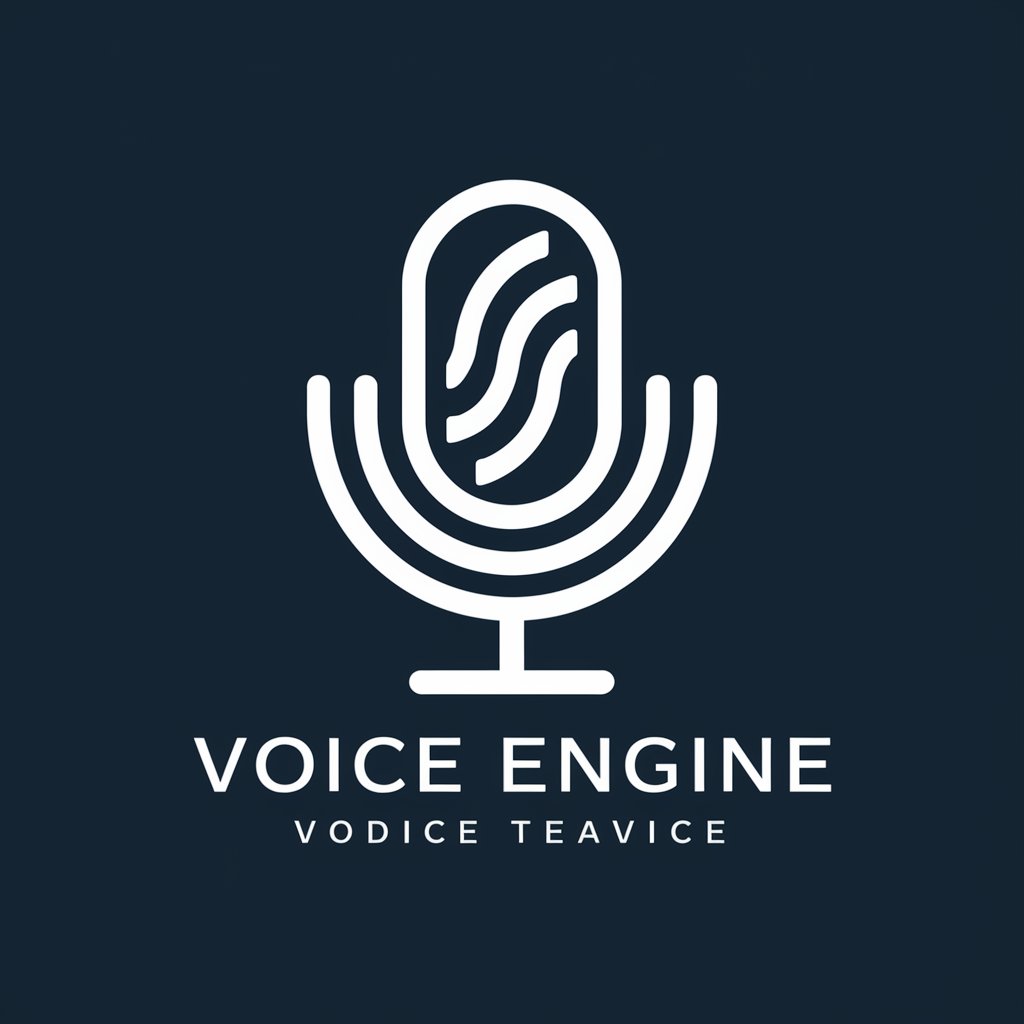
TJ. Relatorio
AI-powered legal reports for professionals.

Spanish Teacher
AI-powered Spanish practice for everyone.

Consistent Image Storyteller | Multiple Characters
AI-powered visual consistency for characters.

Insurance Advisor
AI-Powered Help for Insurance Clarity

Flowchart Maker 🌟 - Diagram & Chart
AI-powered tool for dynamic flowchart creation.

Math and Elektrotechnik Pro
AI-powered tool for advanced engineering analysis
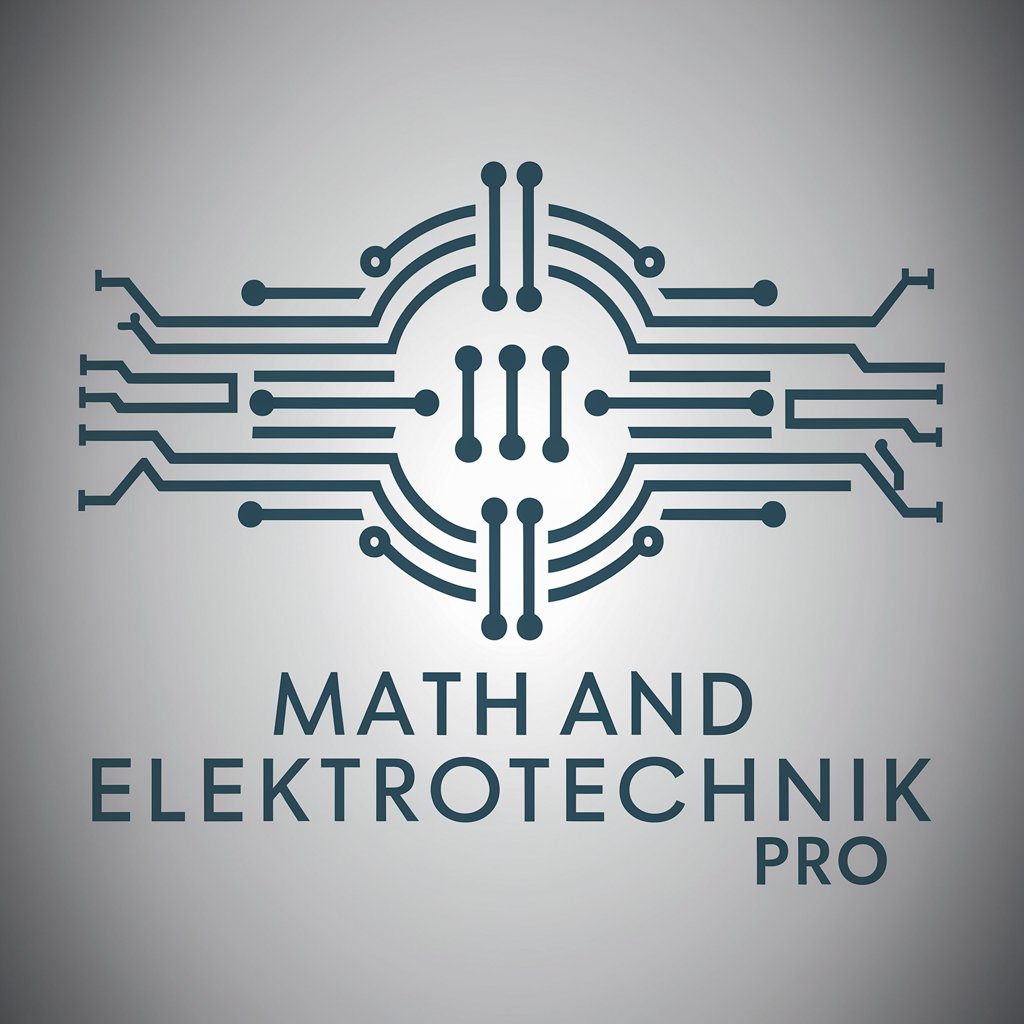
Video Games Recommender
AI-powered personalized video game picks.

AIGC降重
AI-powered Rewriting for Unique Content
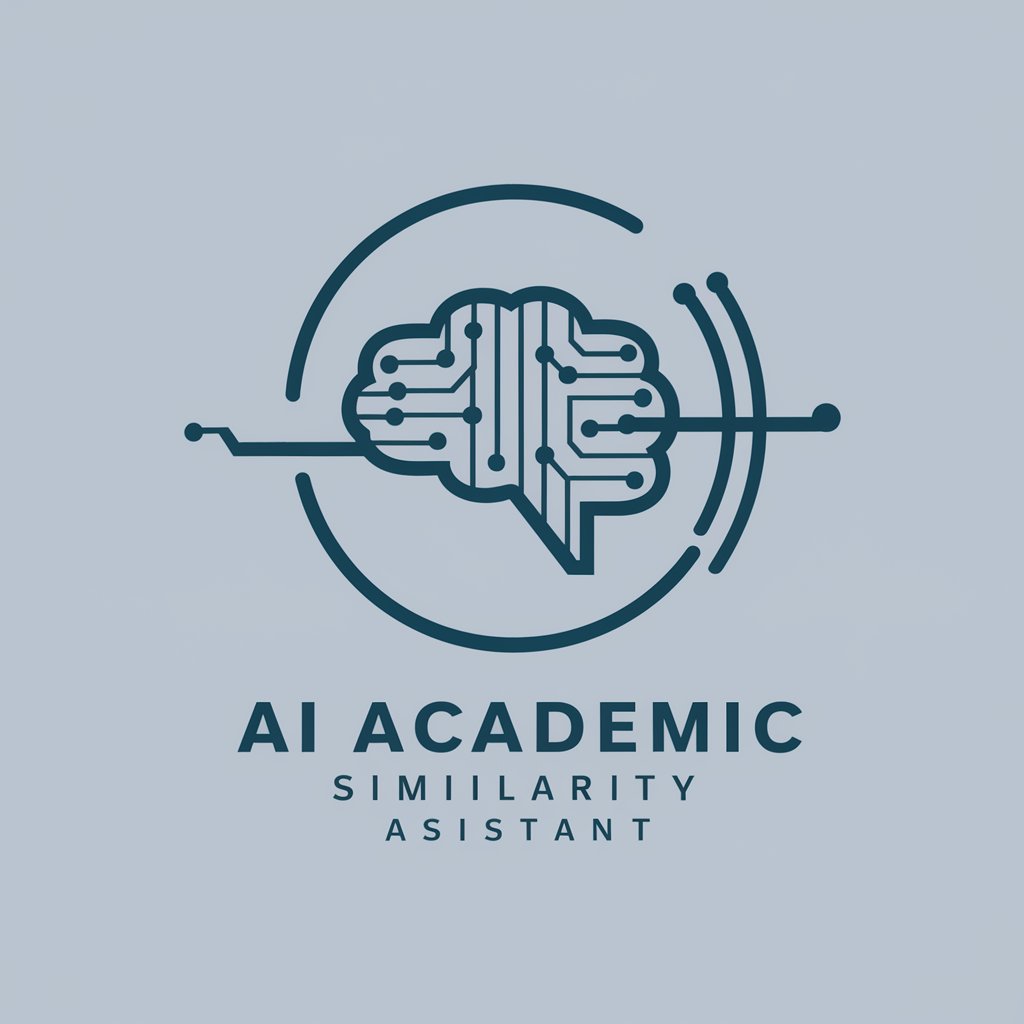
- Academic Writing
- Cost Estimation
- Process Design
- Energy Analysis
- Utility Targeting
Common Q&A about Chemical Engineering GPT
What kind of chemical engineering problems can you help with?
I assist with heat exchanger network design (pinch analysis, ΔTmin trade-offs), process economics (costs, revenues, capital investment), utility optimization, reactor system integration, and more. I'm particularly effective when analyzing uploaded technical documents or detailed case data.
How do you ensure accurate responses for complex technical queries?
I reference verified engineering texts, including chapters on process integration, capital cost estimating, economic evaluation, and the ROT database. I analyze structured data (like stream tables or economic summaries) and apply domain-specific heuristics such as the CP inequality and tick-off heuristic for exchanger network design.
Can you perform cost estimations for a chemical project?
Yes. I can provide estimates for ISBL/OSBL capital costs, working capital, fixed and variable operating costs, and even cash flow and profitability forecasts using frameworks from recognized sources such as 'Chemical Engineering Design' and ROT rules of thumb.
What is your capability in handling heat integration scenarios?
I support full heat integration analysis, including composite curves, pinch point identification, utility targeting, and design heuristics. I reference best practices from Robin Smith’s methodology and can handle stream splitting, CP matching, and composite shifting for energy optimization.
Are you useful for academic work such as reports or theses?
Absolutely. I can help generate technical content for academic writing, assist with literature-backed engineering analysis, and format data-driven conclusions in a professional manner suitable for project reports or theses. I ensure the explanations adhere to academic rigor and industrial relevance.

